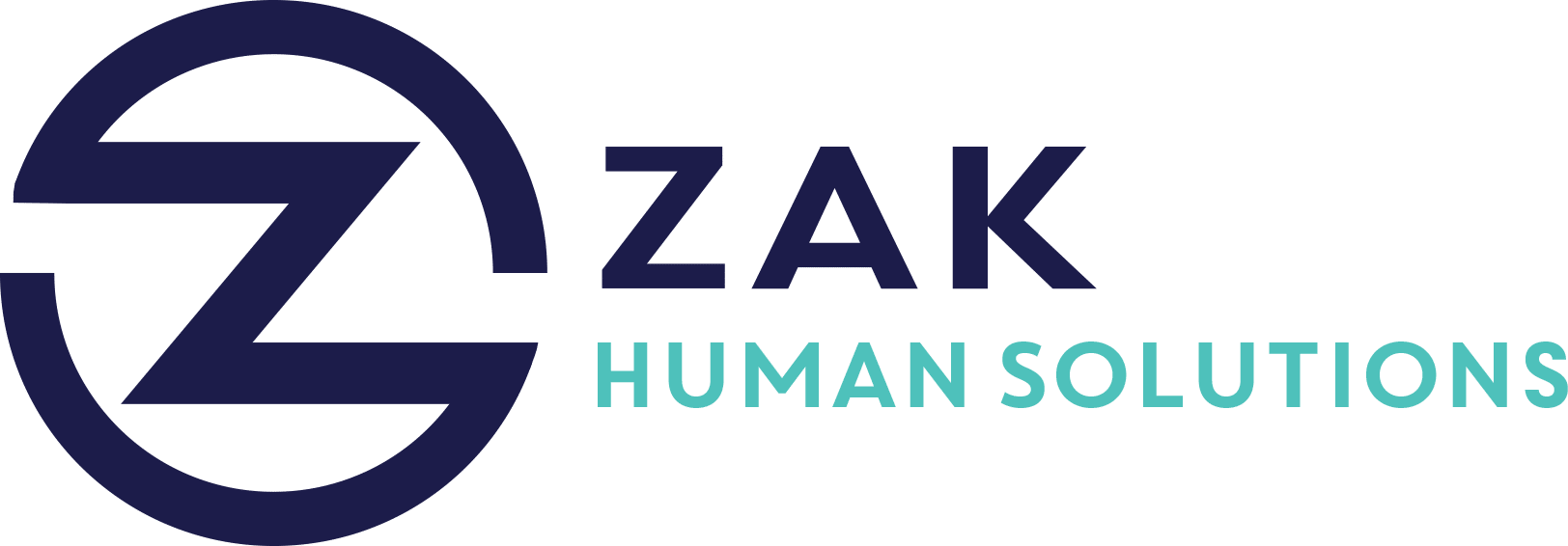Key Takeaways
- New Data: Research involving over 600 workers revealed key drivers of voluntary turnover and strategies to improve employee retention.
- Onboarding Importance: Effective onboarding can prevent early disengagement. Programs should be structured and include mentorship.
- Career Growth: Employees leave for better opportunities; offering mentoring, skill development, and clear advancement paths is crucial.
- Address Burnout: High workloads affect work-life balance. Optimize workloads and promote mental health support to reduce burnout.
- Frequent Feedback: Regular performance discussions boost engagement. Managers should schedule regular check-ins and provide constructive feedback.
In the dynamic world of talent management, understanding the intricacies behind voluntary turnover is crucial for maintaining a stable workforce. Recent data, gathered from a comprehensive study of over 600 workers, sheds light on the key drivers of voluntary turnover and presents actionable strategies HR leaders can adopt to enhance employee retention. In this blog post, we explore these insights, offering practical advice and solutions to bolster your organization’s retention strategy.
Understanding Voluntary Turnover
Voluntary turnover refers to instances where employees choose to leave an organization of their own accord. A high rate of voluntary turnover can indicate disengagement, dissatisfaction, or unmet expectations within the organization. Understanding and addressing the factors driving employees to seek opportunities elsewhere is essential for any company aiming to foster a loyal and productive workforce.
Key Drivers of Voluntary Turnover
- Onboarding Experience
- The foundation of a successful employee relationship starts with an effective onboarding process. When new hires feel adequately prepared and supported, they are more likely to engage positively with their role and organization.
- Recommendations:
- Design a structured onboarding program that includes clear steps and timelines.
- Integrate mentorship programs to ensure new employees have a support system.
- Career Development Opportunities
- Employees are continually seeking growth and development. Without clear pathways for advancement, employees may look externally for their next career move.
- Strategies for Growth:
- Offer mentoring and skill development programs.
- Implement internal talent sharing and job rotations to keep employees motivated.
- Communicate available career pathways clearly and regularly to all employees.
- Addressing Employee Burnout
- Work-life balance is a critical aspect of employee satisfaction. High workloads and lack of support can lead to burnout, driving employees to leave.
- Mitigation Strategies:
- Regularly review workloads to ensure they are manageable.
- Encourage time off and provide resources for mental health support.
- Promote a culture that values work-life balance and personal well-being.
- The Role of Feedback
- Regular and constructive feedback helps employees understand their performance and how it aligns with organizational goals, fostering a sense of belonging and purpose.
- Feedback Best Practices:
- Schedule consistent check-ins with employees to provide performance feedback.
- Create a feedback-rich environment where employees feel comfortable discussing their progress and challenges.
Implementing Change: A Step-by-Step Process
- Evaluate Current Practices:
- Begin by assessing your current onboarding, career development, workload management, and feedback delivery processes. Identify gaps and areas for improvement.
- Engage Leadership:
- Ensure leadership understands the importance of retention strategies and is committed to supporting changes.
- Pilot Programs:
- Before a full-scale rollout, consider piloting changes in one or two departments to assess impact and refine processes.
- Gather Feedback:
- Actively seek employee feedback on changes implemented. Use this input to make necessary adjustments and improvements.
- Track Progress:
- Continuously monitor retention metrics and use data-driven insights to guide further strategy development.
In today’s competitive job market, maintaining a stable and engaged workforce is more crucial than ever. By focusing on the key areas of onboarding, career growth, burnout management, and feedback, organizations can significantly reduce voluntary turnover and foster a thriving workplace environment. Implementing these strategies not only retains top talent but also enhances overall organizational health and performance.




